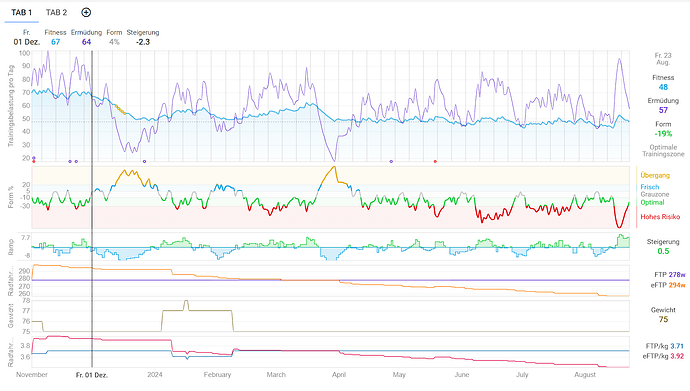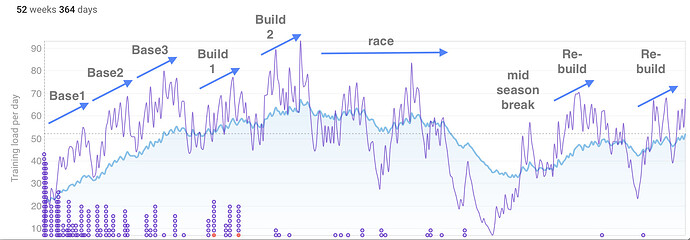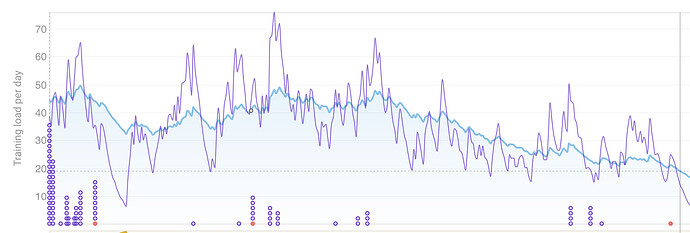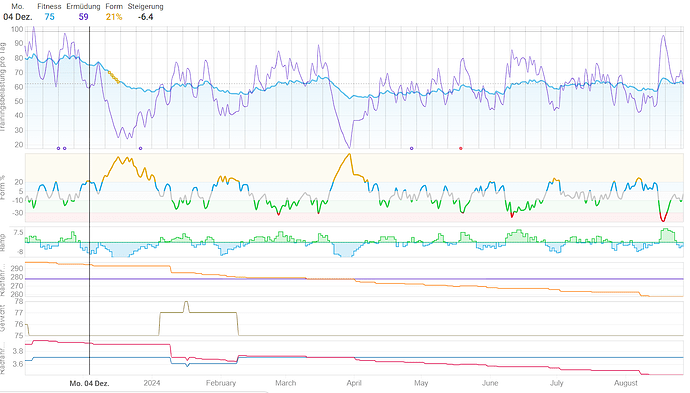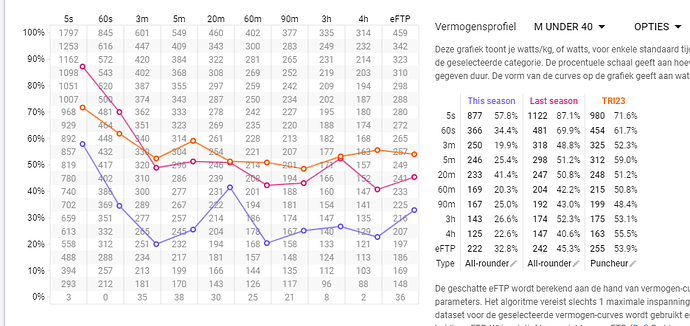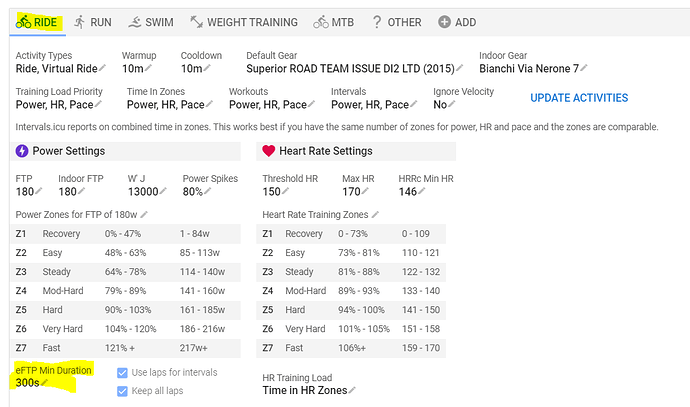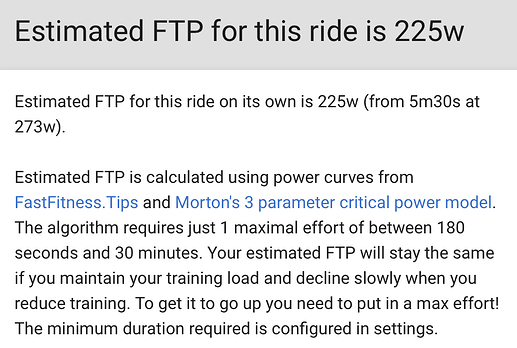Well Hello there,
this is my first topic here and i have been discussing it with fellow riders and colleaques (im a medical doctor in vienna) thoroughly, however i cant find a solution.
I have been working out with strava/intervalls and a power meter on my road-, gravel and mountainbike for about 2,5 years now. Other regular workouts are beachvolleyball about 1-3 times per week. Last year i was in very good shape when entering winter, in december i caught quite a bad cold and had to take off some time, then on the 1st of feb 2024 i started a new job in a new hospital on a hill making my daily commute a 160m climb on 10km. I expected this to be quite a good contribution to my workouts, however ever since i have been losing FTP (in Garmin and intervalls) constantly and also my fitness goes down, its almost impossible for me to get out of the risk zone. In the last weeks I have stopped riding my commute aggressively and have even switched to an ebike or even car but it doesnt change anything.
Do you have any advice as to why this is happening and how i could stop it from happening? Its quite frustrating since i am working out rather regularly and see only regression, both in numbers and also compared to my mates.
Thank you so much in advance!
Greetings! Daniel
The graph shows 1st of Dec. 2023 till today - you can see my cold in december when i took a long time of and then also in march when i was hit by another fevery adventure…
